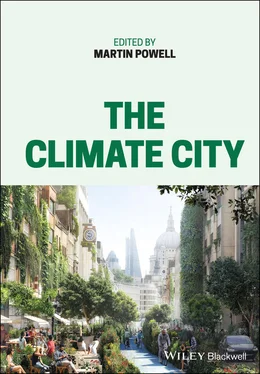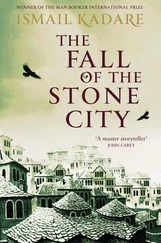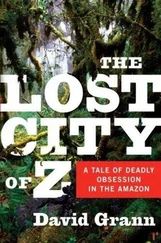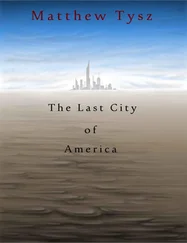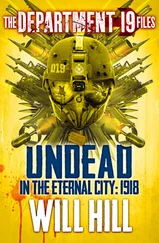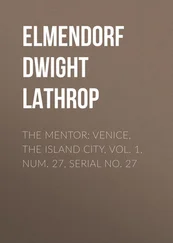The Climate City
Здесь есть возможность читать онлайн «The Climate City» — ознакомительный отрывок электронной книги совершенно бесплатно, а после прочтения отрывка купить полную версию. В некоторых случаях можно слушать аудио, скачать через торрент в формате fb2 и присутствует краткое содержание. Жанр: unrecognised, на английском языке. Описание произведения, (предисловие) а так же отзывы посетителей доступны на портале библиотеки ЛибКат.
- Название:The Climate City
- Автор:
- Жанр:
- Год:неизвестен
- ISBN:нет данных
- Рейтинг книги:4 / 5. Голосов: 1
-
Избранное:Добавить в избранное
- Отзывы:
-
Ваша оценка:
- 80
- 1
- 2
- 3
- 4
- 5
The Climate City: краткое содержание, описание и аннотация
Предлагаем к чтению аннотацию, описание, краткое содержание или предисловие (зависит от того, что написал сам автор книги «The Climate City»). Если вы не нашли необходимую информацию о книге — напишите в комментариях, мы постараемся отыскать её.
Provides professionals in finance, technology, and consulting with solutions for improving the quality of urban life under the changing climate The Climate City
The Climate City:
The Climate City
The Climate City — читать онлайн ознакомительный отрывок
Ниже представлен текст книги, разбитый по страницам. Система сохранения места последней прочитанной страницы, позволяет с удобством читать онлайн бесплатно книгу «The Climate City», без необходимости каждый раз заново искать на чём Вы остановились. Поставьте закладку, и сможете в любой момент перейти на страницу, на которой закончили чтение.
Интервал:
Закладка:
“Because [cities] are inclined naturally to collaboration and interdependence, cities harbor hope,” Barber writes. “If mayors ruled the world,” he says, “the more than 3.5 billion people who are urban dwellers and the many more in the exurban neighborhoods beyond could participate locally and cooperate globally at the same time – a miracle of civic ‘glocality’ promising pragmatism instead of politics, innovation rather than ideology and solutions in place of sovereignty.”
Barber claims that national sovereignty is a handicap. Cities, by contrast, can capitalise on diversity, share intelligence on security and the environment, and face up to inequality in housing, jobs, transportation, and education.
“My proposal for a parliament of mayors is no grandiose scheme,” Ben writes, “no mandate for top-down suzerainty by omnipotent megacities exercising executive authority over a supine world. It is rather a brief for cities to lend impetus to informal practices they already have in place.” And he notes that, “in changing the subject to cities, we allow imagination to cut through the historical and cultural impediments to interdependent thinking in the same way a maverick Broadway cuts through Manhattan’s traditional grid”.
So if cities are so effective at rectifying problems, then why did the air get so bad? The water so polluted? The traffic so congested? The answer to this is simple. Firstly, nobody fully assessed the external factors impacting these basic elements of air, water, and nature; secondly, nobody assessed the impact on our health and wellbeing; and thirdly, our guesses of future growth and future expectation have been underestimated.
My journey since advising the Mayor of London on the environment has enabled me to look at technology and how it can tackle climate change and how it can meet city targets for climate change mitigation. This has enabled me to visit some amazing cities, such as Ephesus in Turkey; Madain Saleh in Saudi Arabia, which is the first settlement after Petra; Matera in Italy (Figure I.1), where you can stay in a hotel room where a cave-dwelling troglodyte once slept; and cities like Venice that help challenge the conventional wisdom of how cities can thrive. These trips have given me insight into why people live in cities and what is important to them, something that every mayor understands all too well.
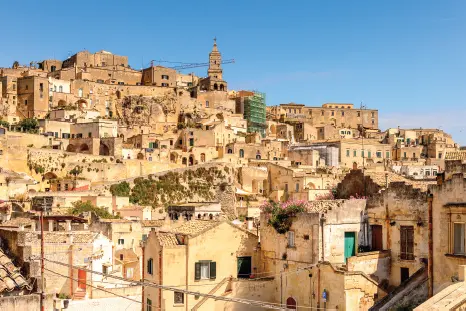
Figure I.1 Matera, Italy. Many consider this to be the oldest inhabited city on Earth. ( Source : Siempreverde22/Getty Images.)
Madain Saleh, for example, now a UNESCO World Heritage site, can tell this story. While not as well known as Petra, the Nabatean’s second-largest city was once a thriving metropolis along the ancient spice route and played a crucial role in building a trade empire. Today, its monumental stone-hewn tombs are some of the last, and best-preserved, remains of a lost kingdom. The Nabateans achieved wealth and prosperity from their ability to source and store water in harsh desert environments. They also held a monopoly on desert trade routes as far southwest as Madain Saleh and north to the Mediterranean port of Gaza. They extracted taxes from camel caravans – laden with frankincense, myrrh, and spices – that stopped at their garrisoned outposts for water and rest. The tomb inscriptions, written in Aramaic, give insight into names, relationships, occupations, laws, and the Gods of the people who lie there. Walking around Madain Saleh (Figure I.2) you can understand how people came together in cities to live in proximity as a community, to do business together, to be safe, to honour those that pass, and to live by a set of rules that make sense to that community.

Figure I.2 Left: Madain Saleh, Saudi Arabia. Right: The Editor in Madain Saleh. ( Source of left photograph : amheruko/Adobe Stock.)
In today’s cities nothing has changed, but these basic requirements can be overshadowed by events, obscured by temporary nuances of daily life, which upset the fine balances that keep this ecosystem functioning. We see parts of the city that have been segregated, vulnerable subcommunities that have been distanced, cut off from the collective attributes of the city and so no longer receiving the benefits of city living.
Cities like London, New York, Copenhagen, and Singapore are far from perfect, but they have ensured a governance setup that responds to the needs of their city, the principles and policies of urban living. The rationale for investment is anchored to these principles that ensured a thriving Mesopotamia, Ancient Rome, and Madain Saleh.
The climate crisis will not change these basic requirements. We don’t have to give things up. We will innovate without compromise, but the longer we leave it the more difficult the challenge becomes.
I learned something very powerful in my time in public office – “good ideas are hard to kill”. If we can align the interests of the wide set of stakeholders that need to come together to enact change, with programmes that strike at the core of the problem and offer co-benefits that improve people’s lives, then they will be successful. We can deliver on serious commitments in the timescales required. The mayor’s office is designed to speak and transact with its citizens. People are generally motivated to seek information that validates their world view, and so the city must inform citizens of their place in a status quo in the most highly diverse communities – and in some places highly segregated, with the greatest inequality within the same spaces – that exist anywhere on Earth and in a world where we stream information and news that polarizes our views by the choices we make. If cities can overcome this to keep this delicate ecosystem in balance through communication that helps people have understanding of “why” they must compromise in order to co-exist, then they can communicate the need to tackle climate change even if it means citizens will have to compromise more than they ever had in history.
Acceptance and Reframing
When I was at school, I learned that “air” is 78% nitrogen and 21% oxygen, and the balance of 1% comprises noble gases and 0.03% CO 2. My youngest daughter recently asked me if I knew this and I proudly recalled these percentages. She told me I was close – but CO 2was 0.04%. In the 1980s, CO 2molecules were 335 ppm; today that figure is 412 ppm. To me, 0.03% could have been a fundamental constant, and while I recognize that our natural cycles can fluctuate, this is simply climbing.
When I first read about orbital mechanics, it made sense to me why we can expect an ice age every 10,000 years or so. Every book I have read since validates why we have climate change and a balance of global warming, and how this will lead to short-term climate variability that will target vulnerable coastal cities – where 75% of the world’s cities reside. I have been immersed in this topic and no longer need to question the reality of the situation. Well, I will draw a line under this whole discussion, because whether you don’t believe in climate change or you do believe in climate change, this book is for you! Renewable energy is clean, nobody is breathing coal dust into their lungs, electric vehicles are clean, and nobody is putting carcinogenic particulates into their lungs. The ideas we propose here make sense in an awakened world that wants good short-term living and a future for our children. The decoupling of economic progress and environmental dis-benefit is being driven in cities with ideas and innovations that benefit society and mitigate the carbon emissions we can no longer live with. Cities have learned to innovate when we need to and to solve the problems in front of us without the need to compromise and without telling people how to live their lives.
Читать дальшеИнтервал:
Закладка:
Похожие книги на «The Climate City»
Представляем Вашему вниманию похожие книги на «The Climate City» списком для выбора. Мы отобрали схожую по названию и смыслу литературу в надежде предоставить читателям больше вариантов отыскать новые, интересные, ещё непрочитанные произведения.
Обсуждение, отзывы о книге «The Climate City» и просто собственные мнения читателей. Оставьте ваши комментарии, напишите, что Вы думаете о произведении, его смысле или главных героях. Укажите что конкретно понравилось, а что нет, и почему Вы так считаете.
